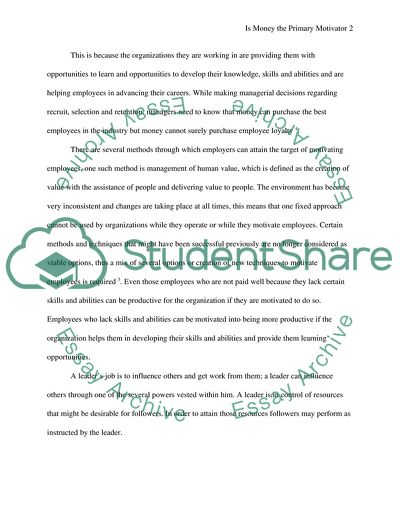Cite this document
(Is Money the Primary Motivator Assignment Example | Topics and Well Written Essays - 1500 words, n.d.)
Is Money the Primary Motivator Assignment Example | Topics and Well Written Essays - 1500 words. Retrieved from https://studentshare.org/social-science/1795470-managing-activities-people
Is Money the Primary Motivator Assignment Example | Topics and Well Written Essays - 1500 words. Retrieved from https://studentshare.org/social-science/1795470-managing-activities-people
(Is Money the Primary Motivator Assignment Example | Topics and Well Written Essays - 1500 Words)
Is Money the Primary Motivator Assignment Example | Topics and Well Written Essays - 1500 Words. https://studentshare.org/social-science/1795470-managing-activities-people.
Is Money the Primary Motivator Assignment Example | Topics and Well Written Essays - 1500 Words. https://studentshare.org/social-science/1795470-managing-activities-people.
“Is Money the Primary Motivator Assignment Example | Topics and Well Written Essays - 1500 Words”, n.d. https://studentshare.org/social-science/1795470-managing-activities-people.


